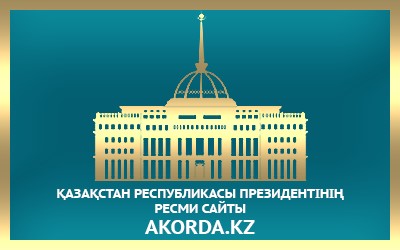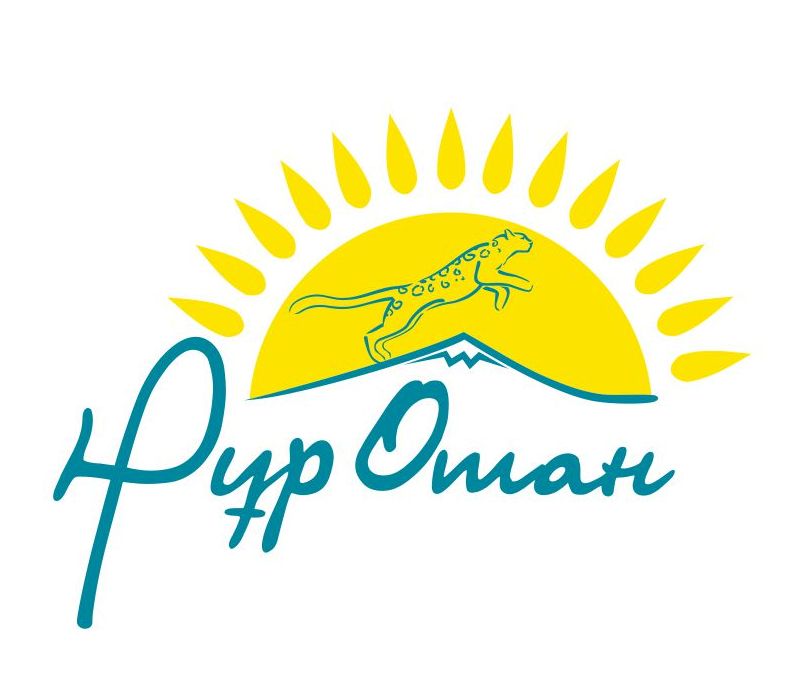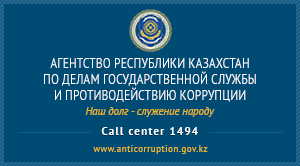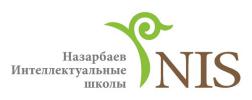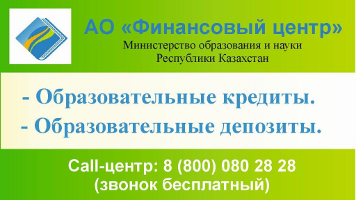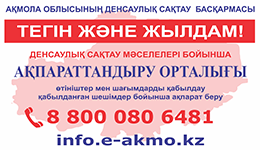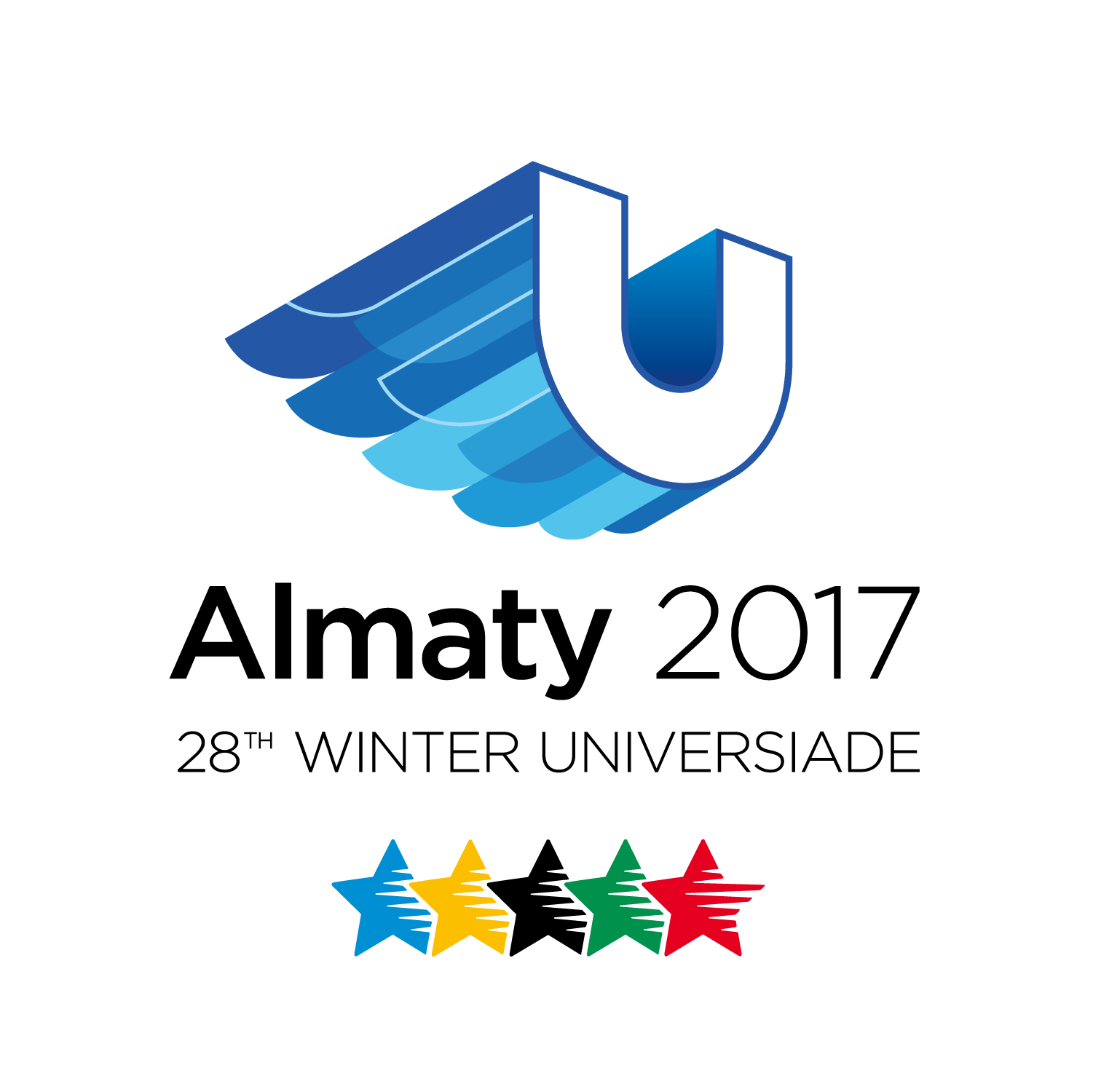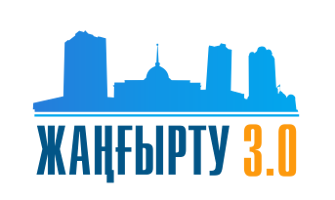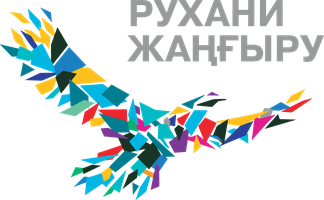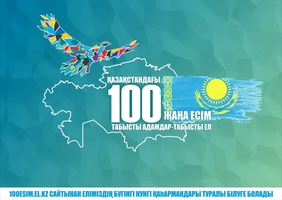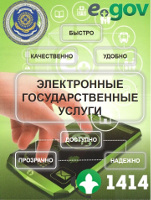
Ағылшын сабағы. тақырыбы "Интеллектуалды энергияны сақтау" 11 сынып
 08.02.2021
08.02.2021
|
Term 3 Unit 6. STEM |
School № Ozen secondary school |
||||
|
Date: 08.02.21 |
Teacher’s name: Amangeldi E.Zh |
||||
|
Grade 11a |
Number present: 3 |
Number absent: 0 |
|||
|
Theme of the lesson: |
Intelligent energy storage |
||||
|
Learning objectives(s) that this lesson is contributing to |
11.C.9 - use imagination to express thoughts, ideas, experiences and feelings 11.L.1- understand the main points in unsupported extended talk on a wide range of general and curricular topics, including talk on a growing range of unfamiliar topics 11.S.2 - ask and respond with appropriate syntax and vocabulary to open-ended higher-order thinking questions on a range of general and curricular topics, including some unfamiliar topics 11.S.6 - navigate talk and modify language through paraphrase and correction in talk on a wide range of familiar and some unfamiliar general and curricular topics 11.R.7 - recognise patterns of development in lengthy texts [inter-paragraph level] on a range of more complex and abstract general and curricular topics |
||||
|
Lesson objectives |
All learners will be able to: |
||||
|
|||||
|
Most learners will be able to: |
|||||
|
|||||
|
Some learners will be able to: |
|||||
|
|||||
|
Value links |
Having healthy lifestyle. |
||||
|
Cross curricular links |
Physics, Natural science, Social science. |
||||
|
Previous learning |
A story |
||||
|
Use of ICT |
Projector and smart board for showing a presentation, getting additional information, playing the audio, video files. |
||||
|
Intercultural awareness |
Accept diversity of other cultures. |
||||
|
Pastoral Care |
Student centered teaching: respect, support. To create a friendly atmosphere for collaborative, pair and individual work. Promote a sense of self-esteem and self-respect and respect for others among all the learners. |
||||
|
Health and Safety |
Switch off the active board if you do not use it. If students are tired, do physical exercise with them. Open the window to refresh the air in the classroom during the break. |
||||
|
Plan |
|||||
|
Planned timings |
Planned activities |
Resources |
|||
|
|
Beginning the lesson |
The lesson greeting. The teacher sets the lesson objectives, letting students know what to anticipate from the lesson. Lead-in. Write a word “energy” and ask students to give associations with it. Exercise 1 page 54. In pairs, students answer the questions. Elicit a few answers. |
|
|
|
Exercise 2 page 54. Go through the task together. Elicit ideas about the types of energy, matches the types with photos and speak about them in brief. |
Presentation |
|
|
|
Video and images |
|
Main Activities |
|
Handouts with task |
|
|
Keys: A. wind, B – nuclear, C – hydroelectricity, D- solar, E – biofuel, F – geothermal, G- tidal, H – fossil fuels. Ex.3 p.54 |
|
|
|
|
A table |
|
|
|
A mind – map |
||
|
In groups make a story using a mind – map. Exercises 4 - 5 page 55 Ask students to listen to the expert talking about energy efficiency and check the answers. Describe a type of energy. Exercise 6 p.55 Allow students time to read the text “Intelligent energy storage” and complete the text with the words. Monitor and help where necessary. Speak about the importance of energy. How is electricity stored? Electricity cannot itself be stored on any scale, but it can be converted to other forms of energy which can be stored and later reconverted to electricity on demand. Storage systems for electricity include battery, flywheel, compressed air, and pumped hydro storage. Energy, Molecules and Chemical Reactions. Energy, potential energy, is stored in the covalent bonds holding atoms together in the form of molecules. Exercise 7 p.55 Go through the task together. Allow students time to come up with ideas and fill in new words. With a weaker class, brainstorm ideas together and write them on the board, e.g. electricity is stored…. Revision of Grammar: Non- defining relative clauses. Ex.8 Listen and write down extra information to make a sentence more detailed. Group work: How can people store excess energy and use it effectively at school or at home? Present your ideas to the class. |
CD 2.26
CD 2.27
Projects |
|||
|
Ending the lesson |
Giving the home – assignment: SB.Ex.9 p.55w Ask students: What have you learned today? What can you do now? And elicit answers: I can make a report about storing energy. |
Whiteboard |
||
|
Additional information |
||||
|
Differentiation – |
|
|
||
|
How do you plan to give more |
Assessment – |
|
||
|
support? How do you plan to |
How are you planning to check |
Critical thinking |
||
|
challenge the more able |
learners’ learning? |
|
||
|
learners? |
|
|
||



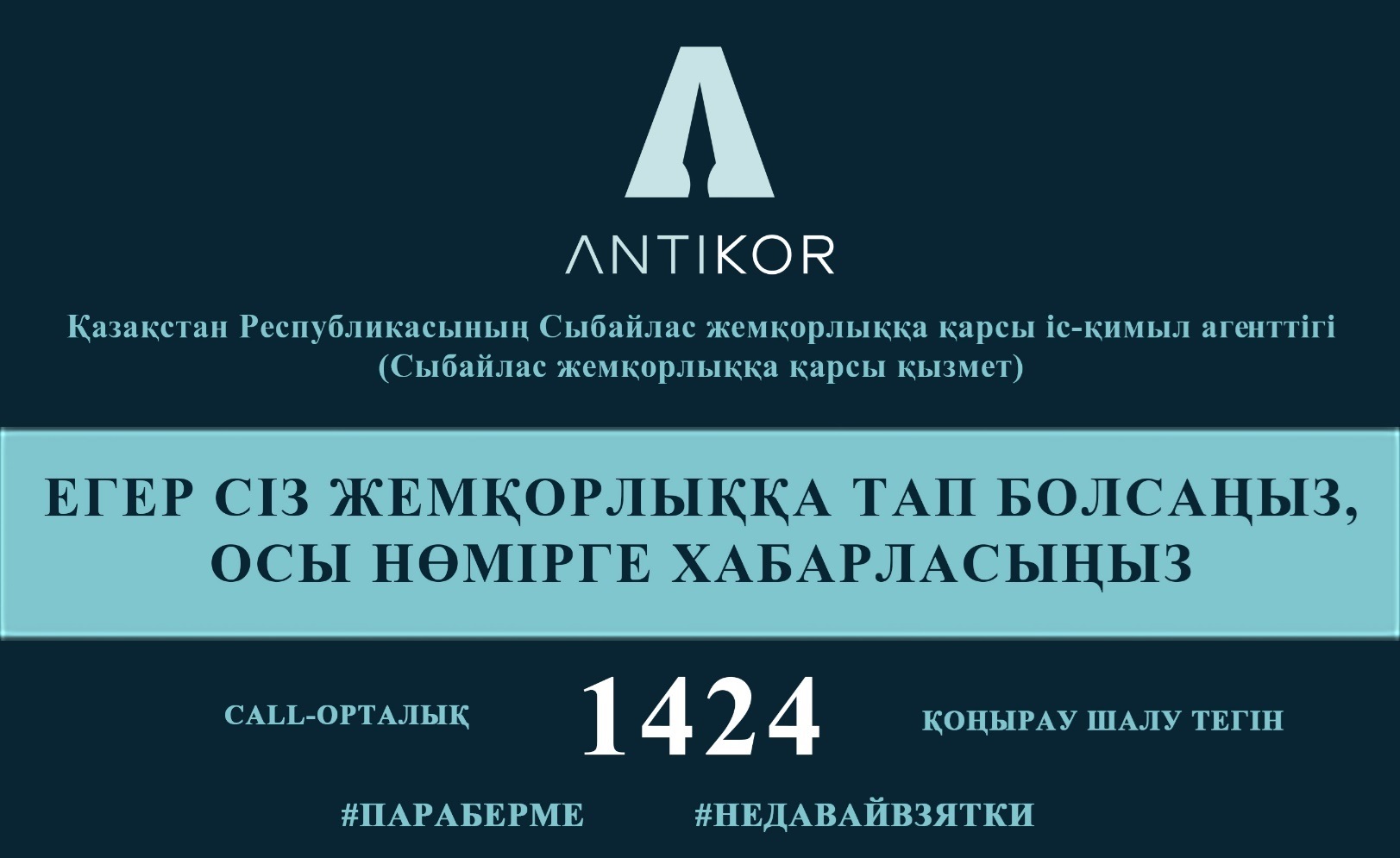
 Мектепке дейінгі балалар ұйымына жолдама қалай алуға болады
Мектепке дейінгі балалар ұйымына жолдама қалай алуға болады
 Мектепке тіркеу үшін құжаттарды қабылдау
Мектепке тіркеу үшін құжаттарды қабылдау





